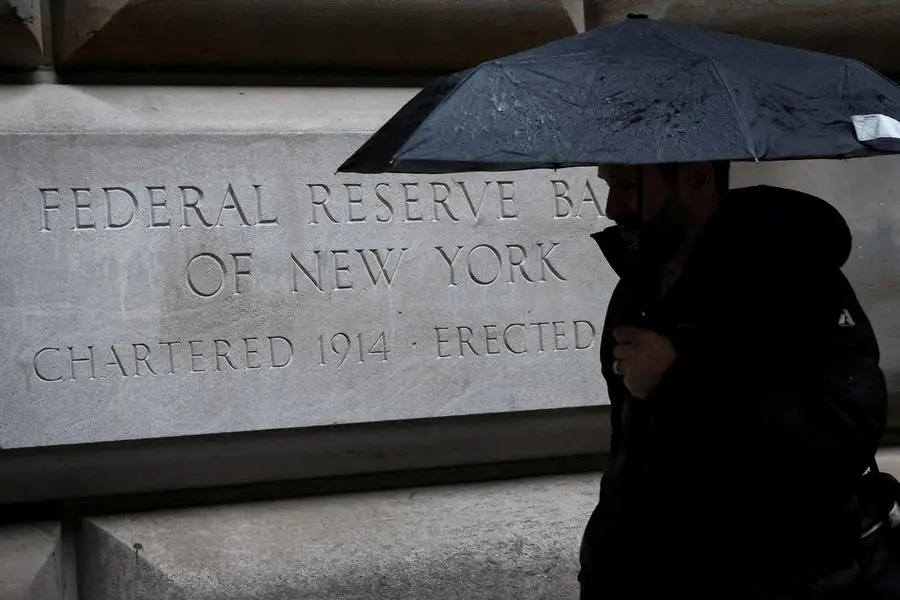The Federal Reserve is poised to announce a likely interest rate cut on Thursday, spurred by cooling inflation and a labor market slowdown. However, another, subtler factor—tight credit conditions—may also support the move, as strict lending standards have curbed demand for loans, slowing business expansion and hiring.
As Fed officials gather post-election on Wednesday, they’ll review fresh data on loan demand and bank lending standards. While credit conditions are not typically the primary driver of rate decisions, they may add to the Fed’s rationale, especially as policymakers believe inflation, currently at 2.1% year-over-year in September, may continue to fall without sustained high rates. The Fed’s policy rate, at 4.75%-5.00%, has pressured banks to maintain restrictive lending, dampening growth and loan demand.
Recent studies suggest these tight conditions could increase the unemployment rate, now at 4.1%, by up to 0.5 percentage points by year-end. Despite a slower pace of loan tightening, banks are still cautious about lending. A Texas banking survey conducted by the Dallas Fed in October showed continued lending restrictions, with some banks expecting rate cuts to eventually revive business borrowing.
Additionally, Fed officials are likely to assess the recent climb in long-term rates, with the 10-year Treasury yield hovering around 4.3%. Higher yields, partly driven by concerns over deficits and inflation under a possible second Trump term, may temper the pace of future Fed rate cuts.





